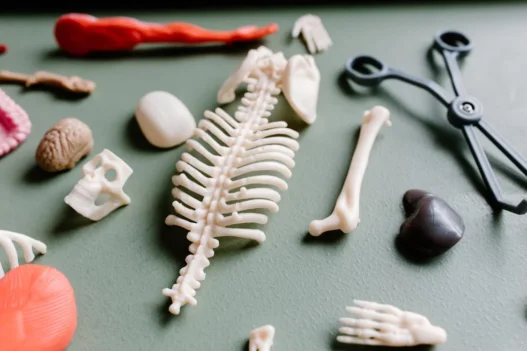0SS7X4Z is a procedure where the right sacroiliac joint is repositioned using an internal fixation device through an external approach. This surgery aims to stabilize and realign the joint to improve function and reduce pain.
Table of Contents:
- 🔎 Clinical Indication
- 📋 Preparation
- 📖 Methodology
- 🩹 Recovery
- 🚨 Complexity & Risk
- 🔀 Similar Procedures
🔎 Clinical Indication
Repositioning the right sacroiliac joint with an internal fixation device may be necessary when there is instability or dislocation in the joint. This procedure helps realign the joint and stabilize it, which can alleviate pain and improve function of the affected area. The external approach allows for the surgical access needed to properly reposition the joint and insert the fixation device securely.
📋 Preparation
Before undergoing the procedure 0SS7X4Z (Reposition Right Sacroiliac Joint with Internal Fixation Device, External Approach), patients will meet with their healthcare provider to discuss the treatment plan and potential risks. This may involve reviewing medical history, conducting a physical exam, and possibly ordering additional tests.
To prepare for the procedure, patients may need to abstain from eating or drinking for a certain period of time prior to surgery. They may also be instructed to stop taking certain medications that could interfere with the procedure or increase the risk of complications.
In addition, patients may need to arrange for someone to drive them home after the procedure, as they may not be able to drive themselves. It is important for patients to follow all pre-operative instructions provided by their healthcare provider to ensure a successful outcome.
📖 Methodology
During 0SS7X4Z, surgeons reposition the right sacroiliac joint using an internal fixation device through an external approach. This procedure aims to stabilize the joint and alleviate pain caused by instability or misalignment. The internal fixation device helps to hold the joint in the correct position while it heals.
🩹 Recovery
After undergoing a procedure to reposition the right sacroiliac joint with an internal fixation device using an external approach, the patient will typically be monitored closely in a recovery room. Pain management will be a priority, and the patient may receive medication to help alleviate discomfort.
Physical therapy may be recommended to help the patient regain strength and flexibility in the joint. The patient will likely be advised to avoid strenuous activities for a period of time to allow for proper healing.
Follow-up appointments with the surgeon will be scheduled to monitor the healing process and ensure that the joint is functioning properly. It is important for the patient to follow the post-operative care instructions provided by their healthcare team to promote a successful recovery.
🚨 Complexity & Risk
Performing 0SS7X4Z, which involves repositioning the right sacroiliac joint with an internal fixation device through an external approach, is a highly complex medical procedure. Doctors must precisely manipulate the joint and place the internal fixation device in order to stabilize the joint and relieve pain.
However, there are potential risks associated with this procedure, including infection, nerve damage, and implant failure. Patients undergoing 0SS7X4Z should be aware of these risks and discuss them thoroughly with their healthcare provider before deciding to proceed with the surgery.
🔀 Similar Procedures
Another medical procedure that is similar to 0SS7X4Z is the repositioning of the left sacroiliac joint with an internal fixation device using an external approach. This procedure involves realigning the joint and securing it with hardware to stabilize the area. Like the procedure for the right sacroiliac joint, this surgery helps relieve pain and improve mobility for patients with sacroiliac joint dysfunction.

